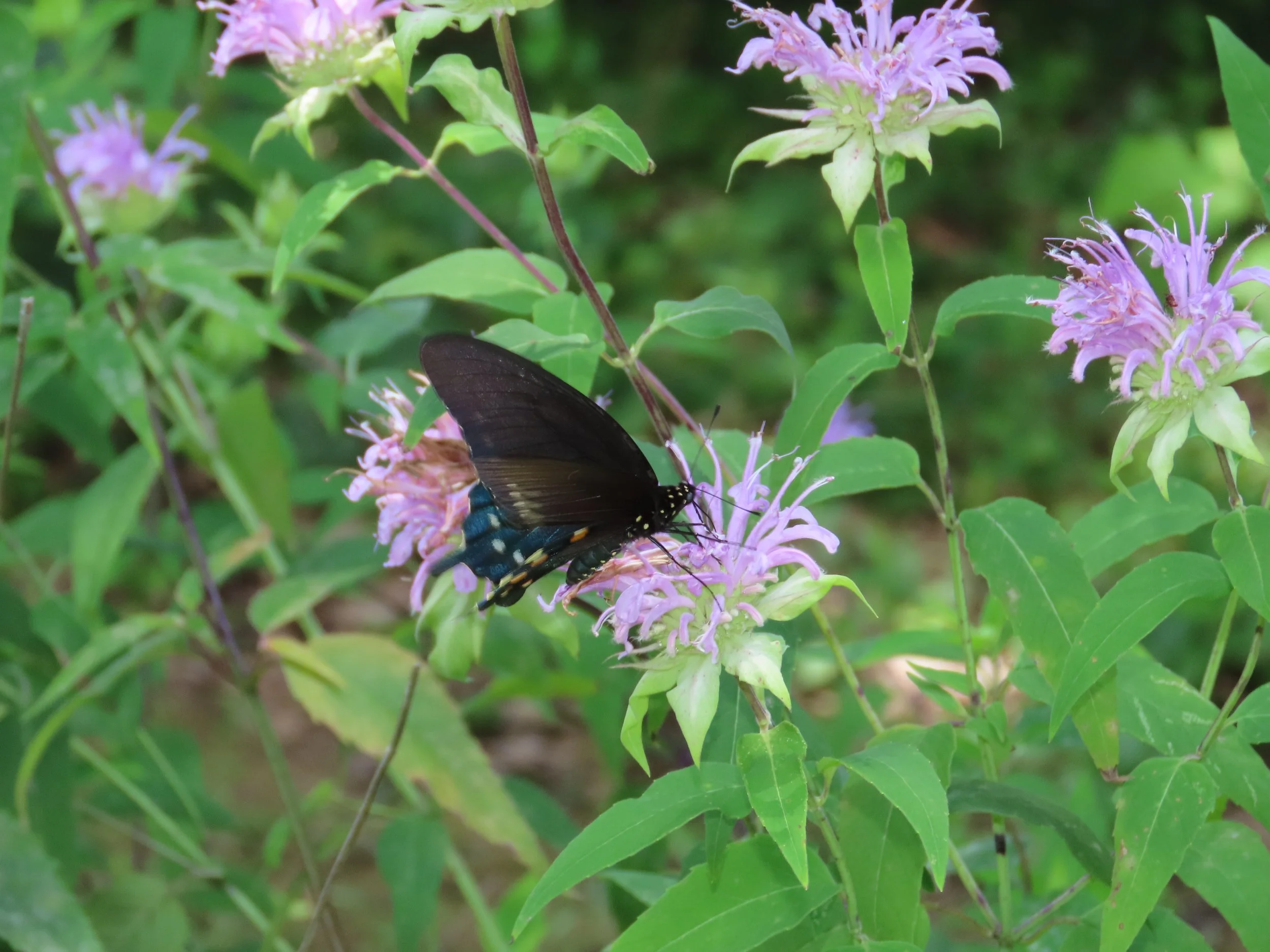And Yet Again, Captive Raising Monarchs Is Declared Evil
/Here we go again. The quarterly “raising monarchs in captivity is evil” news article has been released by the New York Times (https://www.nytimes.com/2020/04/08/science/monarch-butterflies-captive.html?fbclid=IwAR1AR8tjGaai14xn6QG73u-ZQ8_favoQ2JAUebp90CbW9bggGcVqLSSVHAs). In this study, researchers measured the wing length of 83 captive raised monarchs to find their wings were slightly shorter than 40-some “wild” monarchs who were measured. The study also found that the captive raised monarchs did not grip a gauze covered twig as strongly as the “wild” monarchs.
Every three or four months this type of article comes out. Once again put out by a researcher who seems to be on a crusade to crush grandmothers’ desires to captive raise monarchs with their grandchildren. In all fairness, at the end of the article, the researcher says that granny raising a few with the grandkids isn’t so bad. But what is the scientific basis for that compromise? What is the exact number of captive raised monarchs that scientists have determined through experimentation which will destroy the “wild” population as we know it?
When monarch researchers first developed the language for the petition to the U.S. Game and Fish to have monarchs listed for protected status, the number was ten. Any more than ten monarchs captive raised by a single person would throw the “wild” population into a tail spin. Then it was back tracked to 100. Increasing the number by ten-fold was obviously not driven by scientific experimentation, but rather social pressure. So was the original ten based on scientific experimentation, or social pressure from the other direction?
You will note that I place the word “wild” always in quotation marks. What is a “wild” monarch? One that suddenly shows up on your milkweed in your backyard? That is what most of us, including scientific researchers, call a “wild” monarch. But how do you know it is “wild”? Isn’t there a chance that the monarch that suddenly shows up in your backyard was actually captive raised by a monarch enthusiast two blocks over? Or possibly the next town north of you? The only real way to know a monarch’s point of origin is to, well, captive raise it. Unless you find a chrysalis in a field, sit beside of it, waiting for it to eclose, and then capture it as the newly formed butterfly attempts to take wing.
If you want to see real data, look at data of actual migrating monarchs, not a bug being held by a lab rat being teased by a gauze twig. Feel free to start with this study by the Southwest Monarch Study (https://swmonarchs.org/WildRearedFarmedMonarchs2019June25.pdf). In this study, researchers in the desert southwest actually found that captive raised monarchs were recovered at a HIGHER rate than the “wild” monarchs. Oh my gosh, how can that be!? How dare they contradict the gauze twig!?
If you want more real data look to the Monarch Watch organization. Every year they sell captive bred monarch caterpillars to schools and grandmothers where those caterpillars are captive raised to become butterflies. Those butterflies are then tagged and released, and somehow, amazingly, are recovered in Mexico, yet again denying the gauzen twig of its glory.
Don’t be sucked into this drivel that is designed to make monarch enthusiasts feel guilty and ashamed about their efforts to try to help this struggling insect. If you want to raise monarchs, then raise them. Do it intelligently however. Here are some suggestions:
Avoid captive breeding. Just as humans shouldn’t be marrying their siblings, monarchs shouldn’t either.
If you are in the Midwest, do not take in fresh eggs after September 1. These eggs will most likely not become adults until after October 1 which is probably not enough time to make it safely to the overwintering sites in Mexico. Allow those eggs (and the stages that follow) to become a part of your local food chain. At some point, you have to let nature take its course.
If you run out of milkweed, stop collecting eggs and cats! Your monarch babies should be fed local milkweed. The Ohio grandmother should not Fed-Ex overnight her monarch cats to her son in Texas because she has run out of milkweed. At some point you have to stop collecting eggs and cats. That point is normally when you are running low on milkweed . . . or you run out of space . . . or you run out of time to properly care for them, etc
If number 3 happens, sounds like you need to create more habitat. PLANT MORE MILKWEED and nectar plants. Butterfly Ridge can give you seeds to help you get started.
Maintain the utmost of sanitary conditions in your nursery. Bacteria can move between cats. Keep your nursery clean, dry, and not over-populated. If you think it looks crowded, it probably is!
Do your research. Raise your monarchs. And understand that science is not always as objective as we are taught in school. Happy flying!













